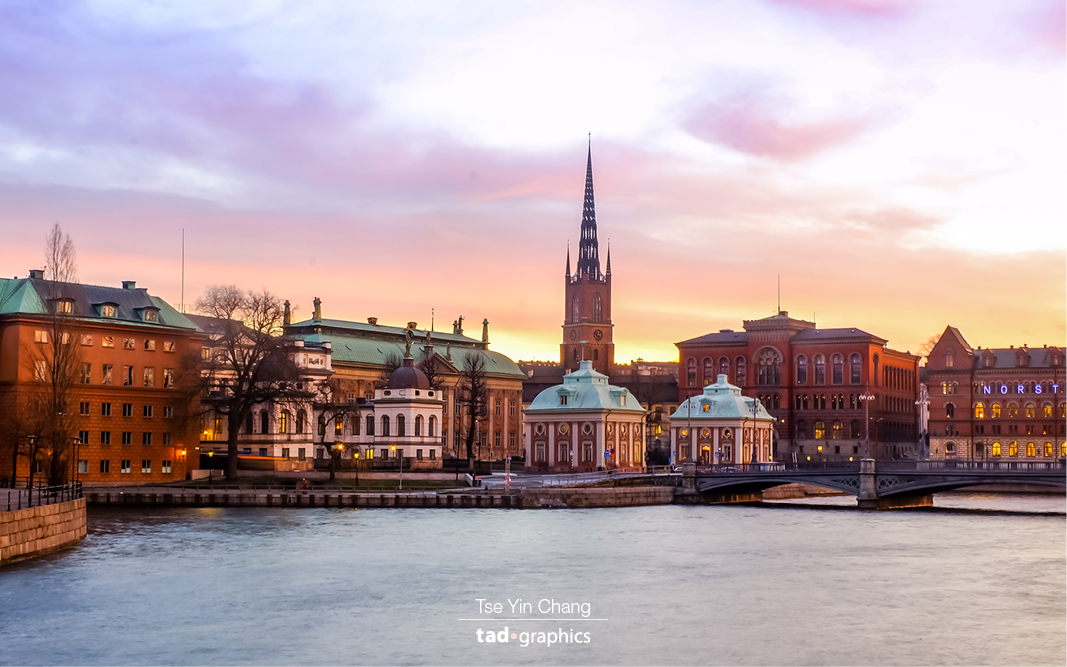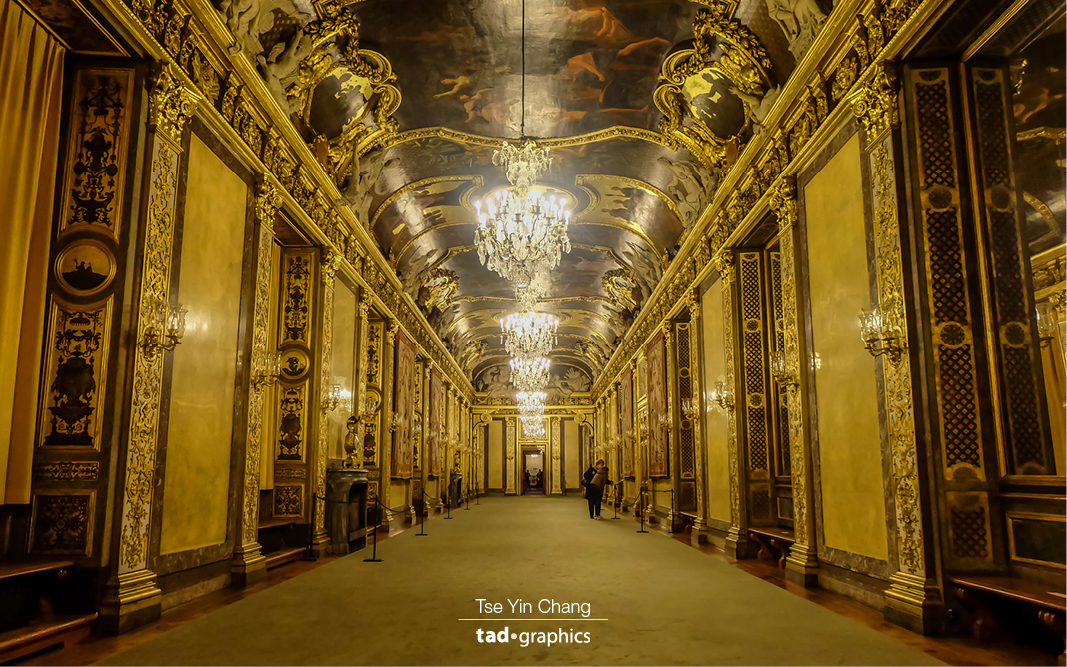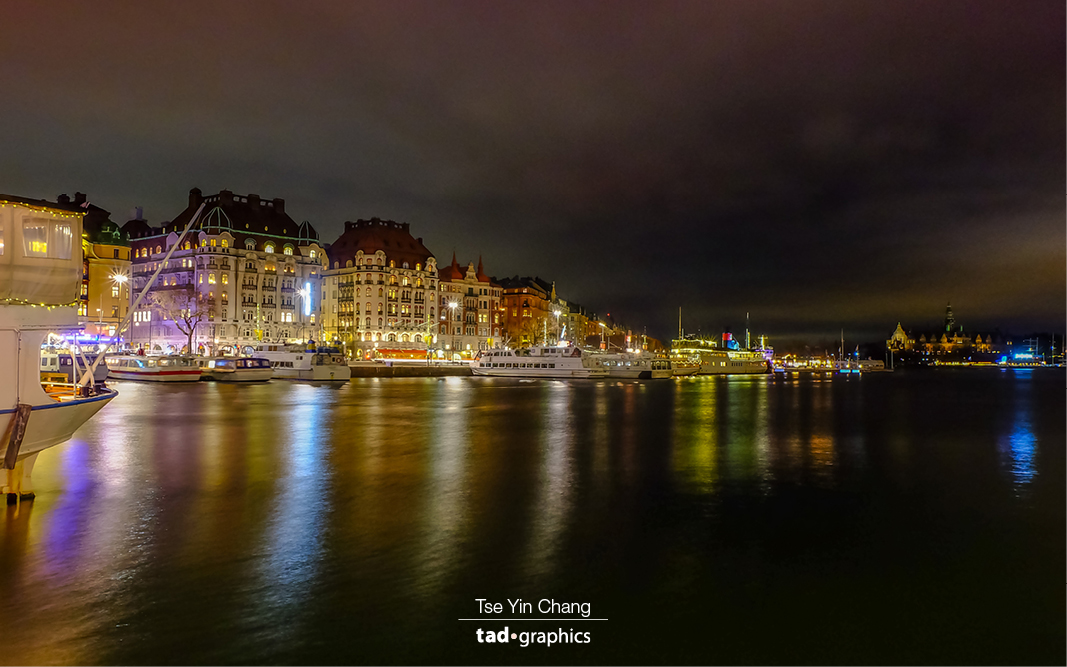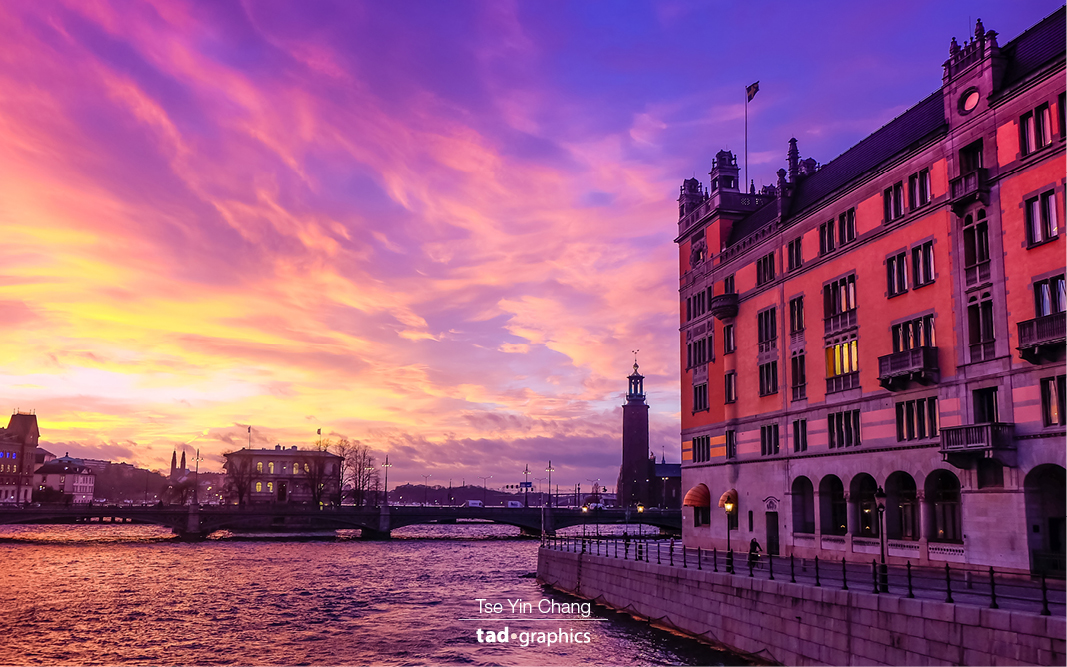
I hadn’t planned to go to Stockholm on my trip around the Nordic countries, but circumstances saw me heading over there anyway. I needed an emergency passport and that meant a trip to the embassy in the Swedish capital. Although my reason for being there was less than ideal, spending some time in the city wasn’t such a bad thing – in fact, I quite enjoyed my time there.
I went with no expectations. I hadn’t really done any research into what Stockholm had to offer, but in my experience, most European capitals are nice places and normally have enough interesting history to keep a person busy.
We flew into Arlanda airport and from there caught the Arlanda Express train into the city centre. Soon we started to pass through the outer suburbs, and the unique geography of Stockholm started to become apparent. If you look at a map of the area, you will notice that the city is spread out across a network of islands. Lake Mälaren — Sweden’s third largest lake — lies just to the west of the city, and it flows out into the Baltic sea. This process has over thousands of years, created an archipelago of around 24,000 islands of varying sizes. These extend up and down the coast quite a long way outside of Stockholm, but the city sits right at the spot where the lake first meets the sea. Around 30% of the city is made up of waterways, and its centre is built on fourteen of these islands.
The train quickly reached the city (it only takes 20 minutes), and we pulled into Stockholm Central Station. From here we went to find our accommodation, and get ready to deal with the administration needed to obtain an emergency travel document. We didn’t have to spend too much time in the embassy getting the process started, but we would have to wait a day or two before it would be ready to be collected.

With plenty of time to kill, we set out to see what the city had to offer. Like most visitors, we started in Gamla Stan – Stockholm’s old city. It occupies its own small island a few minutes walk from the Central Station, and is completely pedestrianised. The streets are largely narrow and twisting, having been built long before cars were invented, at a time when only foot traffic had to be taken into account. Many of them are paved with cobblestones, and the smallest one is less that a meter wide!
Stockholm is extremely picturesque. Most of the buildings are tall and thin – a little like those you see in Amsterdam – and they are painted varying shades of red, yellow, and orange. The city was founded in the 13th century and some of the oldest buildings in the Gamla Stan are thought to date back almost to this time. Interestingly, for a long time this area was a slum and many of them existed in a state of disrepair until tourism started to take off in the 1970s and 80s. They were quickly done up to become the attraction they are today.
The area throngs with tourists and there are many restaurants, bars, and souvenir shops making a brisk trade from visitors. The busiest can be found on the quaint squares which dot the old town, and these make great places to grab a coffee and people watch.
Stockholm was already growing on me and I was glad that we had ended up diverted there. I love wandering around the old towns of Europe as they are always so beautiful, and you just can’t experience history like that here in Australia. There is also so much crammed into such a small area, and each country’s traditional style of architecture is distinct from its neighbours – despite often being only a few hours away from each other. I was glad to have had a chance to see what the Swedish version looked like.
We spent some time wandering, and then decided to visit the Stockholm Palace located on one corner of the old town’s island. This is the official residence of the Swedish royal family and is one of the city’s most visited tourist attractions. The monarchs actually spend most of their time elsewhere (at Drottningholm Palace, on the northern outskirts of the city), so much of the palace is open for people to walk around.

It is a big, square building which overlooks the water and has a large courtyard in its centre. Although a castle had stood on the site for a long time beforehand, the palace in its current form was built in 1692 after the castle was destroyed by a fire. A small part of the old castle did survive however, and this has been incorporated into the modern palace. Inside, the palace is very grand. The walls, ceilings, and furnishings are extremely ornate and there is gold everywhere. We walked around the various halls and saw the royal apartments, where the family stays when they visit. Needless to say, these were pretty impressive. Outside you can see the royal guards who, like the British ones at Buckingham Palace, protect the palace. They wear a blue ceremonial uniform and shiny gold helmets with spikes on top. Also like their British equivalents, they have a changing of the guard ceremony which takes place every day and is a big tourist attraction.
The palace and the rest of the old town are very photogenic. If you can get a clear shot through all the tourists, the historic buildings and narrow streets make for some great photos. It is also nice that being there gave me the opportunity to get some more city shots to balance out the many nature ones I took during my trip.

To the north of Gamla Stan lies the current city centre, and here you can find a mix of historic and modern buildings. If the old town is a relic of Stockholm’s past and is largely geared towards tourists, this new town is the living heart of the city where residents come to work, shop, and have fun.
There are still some nice buildings here and it is a pleasant place to stroll around. The waterfront is a nice place for a walk and we spent some time watching the boats go past. There is a hop-on hop-off bus for tourists which will take you round the city and we considered giving it a go; it didn’t come very frequently however, so we decided against it. Instead we just wandered. It was quite a mild winter’s day (for that part of the world), so we didn’t mind being outside. In the evening I went out to photograph the sunset and got some shots I am quite pleased with. The old European buildings and the waterways made for a great canvas for the fading light to reflect off. I went out again at night and got some good photos of the city lights.

We had spent two days and two nights in Stockholm and had been pleasantly surprised by it. The city is clean and organised, and the people are very friendly. It has an interesting history which can be seen in its buildings and this, along with its watery geography make it a great place to take photos.
We got our journey back on track by taking a train to Oslo – the capital of neighbouring Norway. It’s a relatively short trip of about 5 hours, and it also provides a nice glimpse into rural Sweden. While it is not as mountainous and dramatic as some other parts of Scandinavia, the train passes through miles and miles of pine forest as well as some lakes. It was a nice experience to watch the winter scenery pass by from our warm comfortable seats.
These photos are available as prints and come in a wide range of framing options. Please get in touch to find out more.

